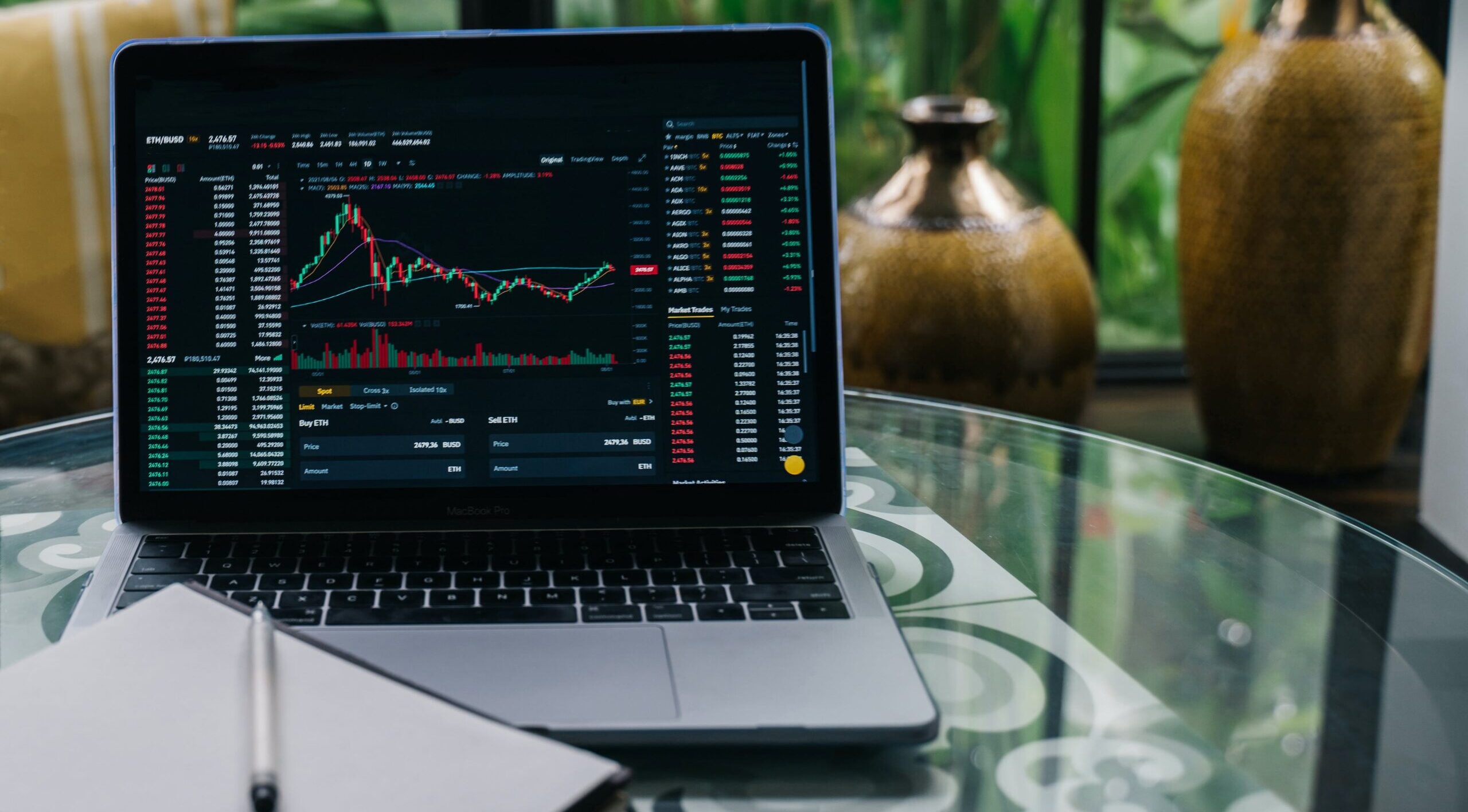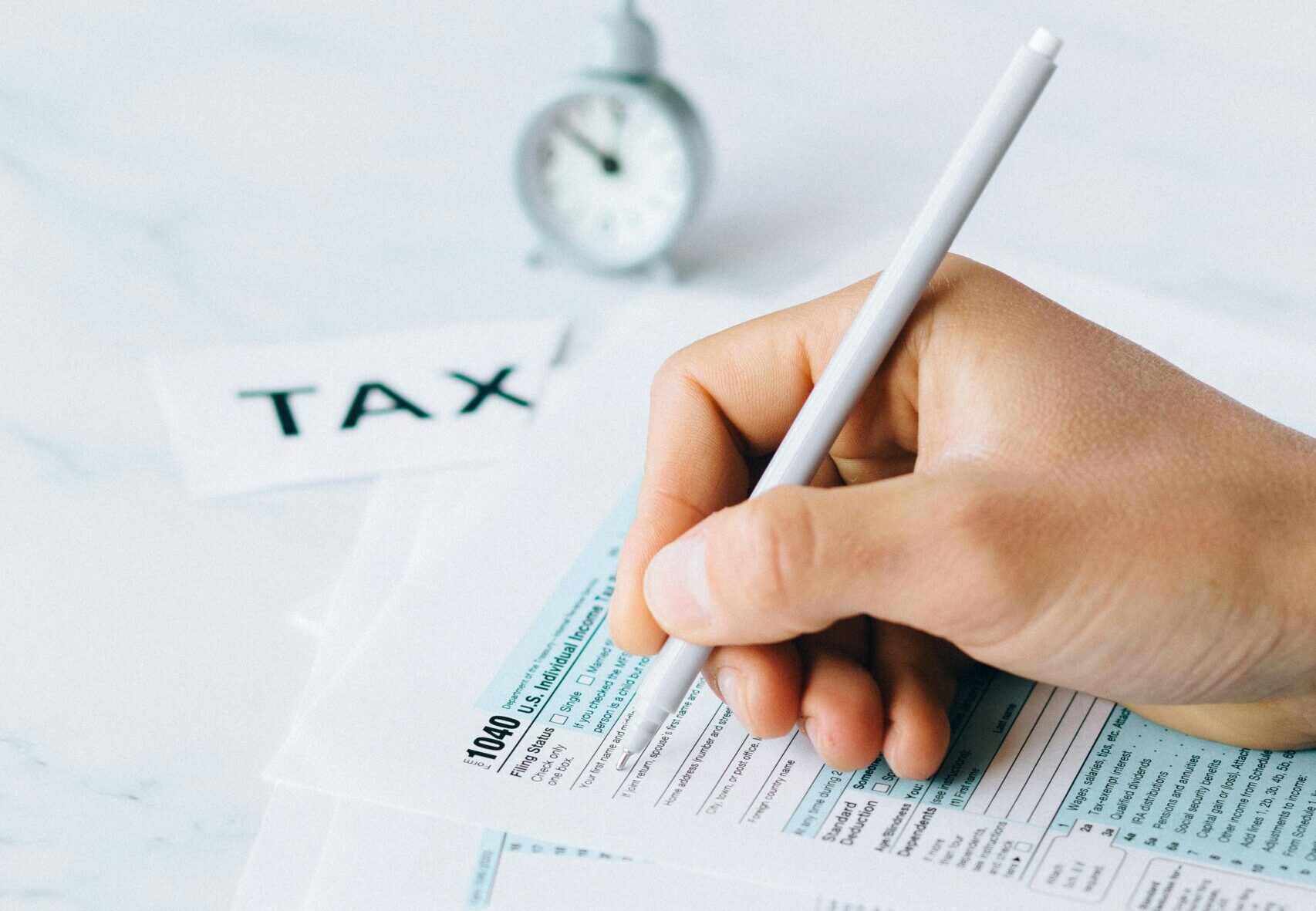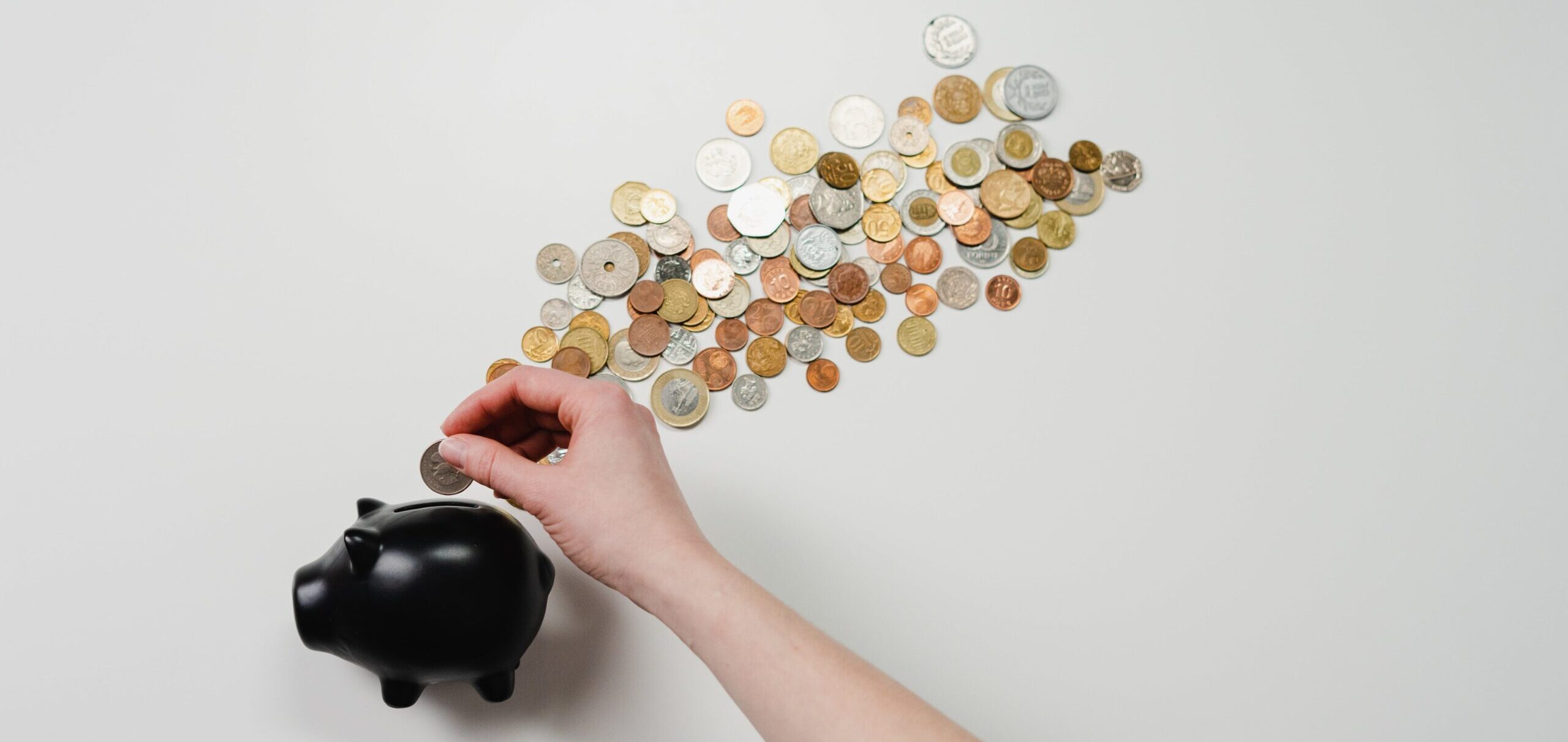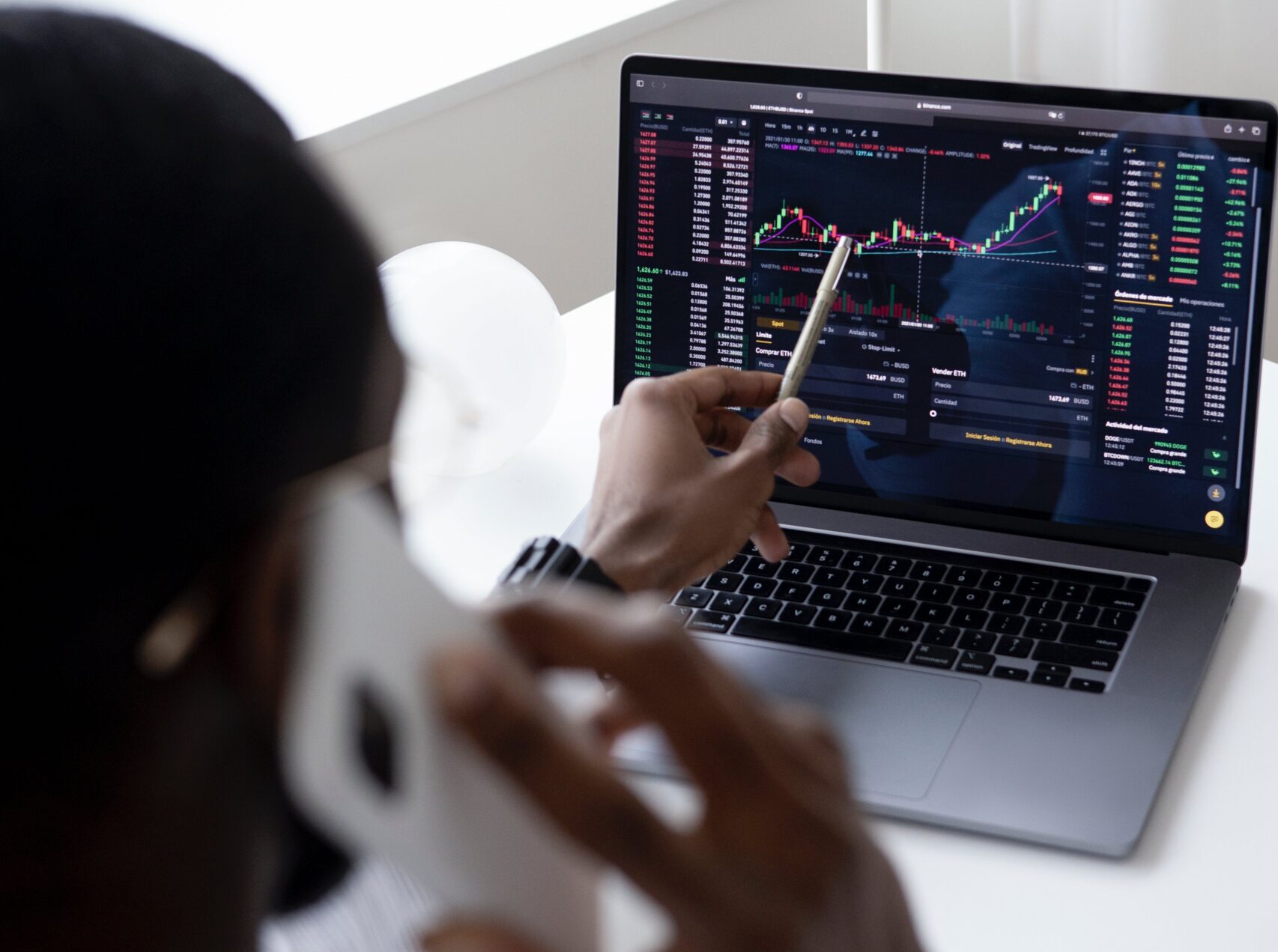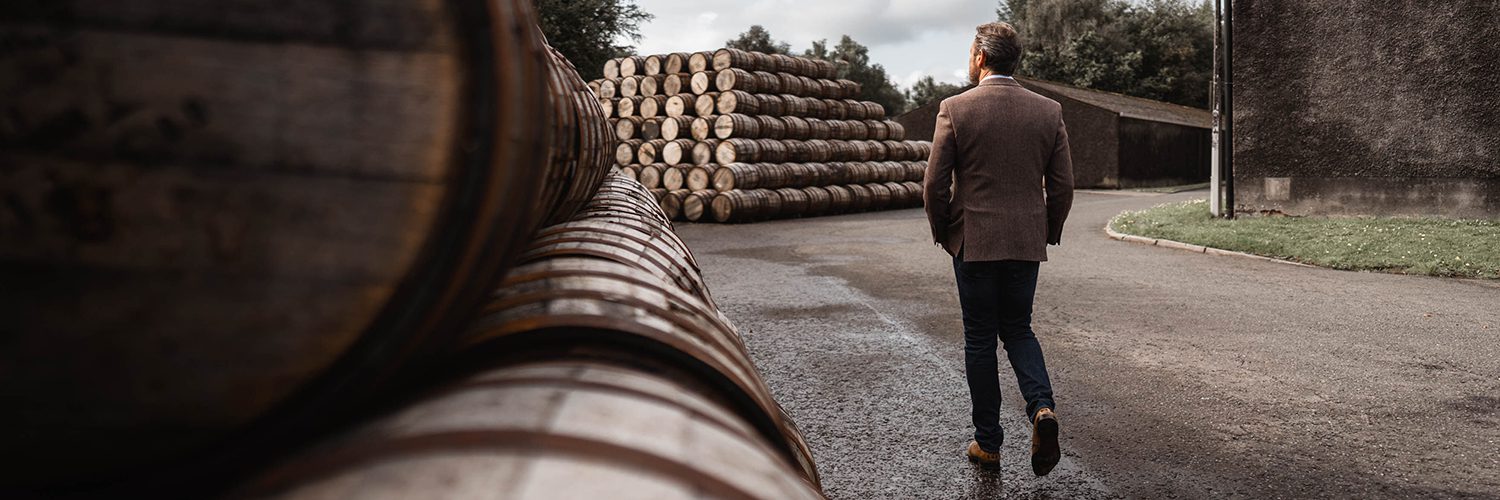And the answer is, ‘it depends on your financial goals.’
Setting realistic goals will help you decide what the most suitable investments are for you, in terms of risk and time spans.
So, do you want a short or medium term investment, where you can take your money out relatively quickly? Or can you leave your cash invested for longer? Maybe you don’t need it until you retire?
Setting a time period will inform the level of risk you might be comfortable with. If say, you are retiring in 25 years time, you may be happy to ride the fluctuations in the stock market, choosing your time to sell when your stock peaks. The longer you invest, the better potential for growth.
Alternatively, you may be more comfortable only tying up your capital for 5 years. In which case it would be prudent to opt for lower risk investments to minimise short term loses. Although, the scope for profit is reduced, so is the risk.
With either scenario, it’s best not to gamble the family silver but to only use funds that are not vital to your lifestyle.

 Learn
Learn
